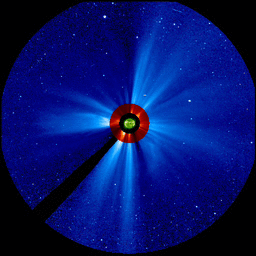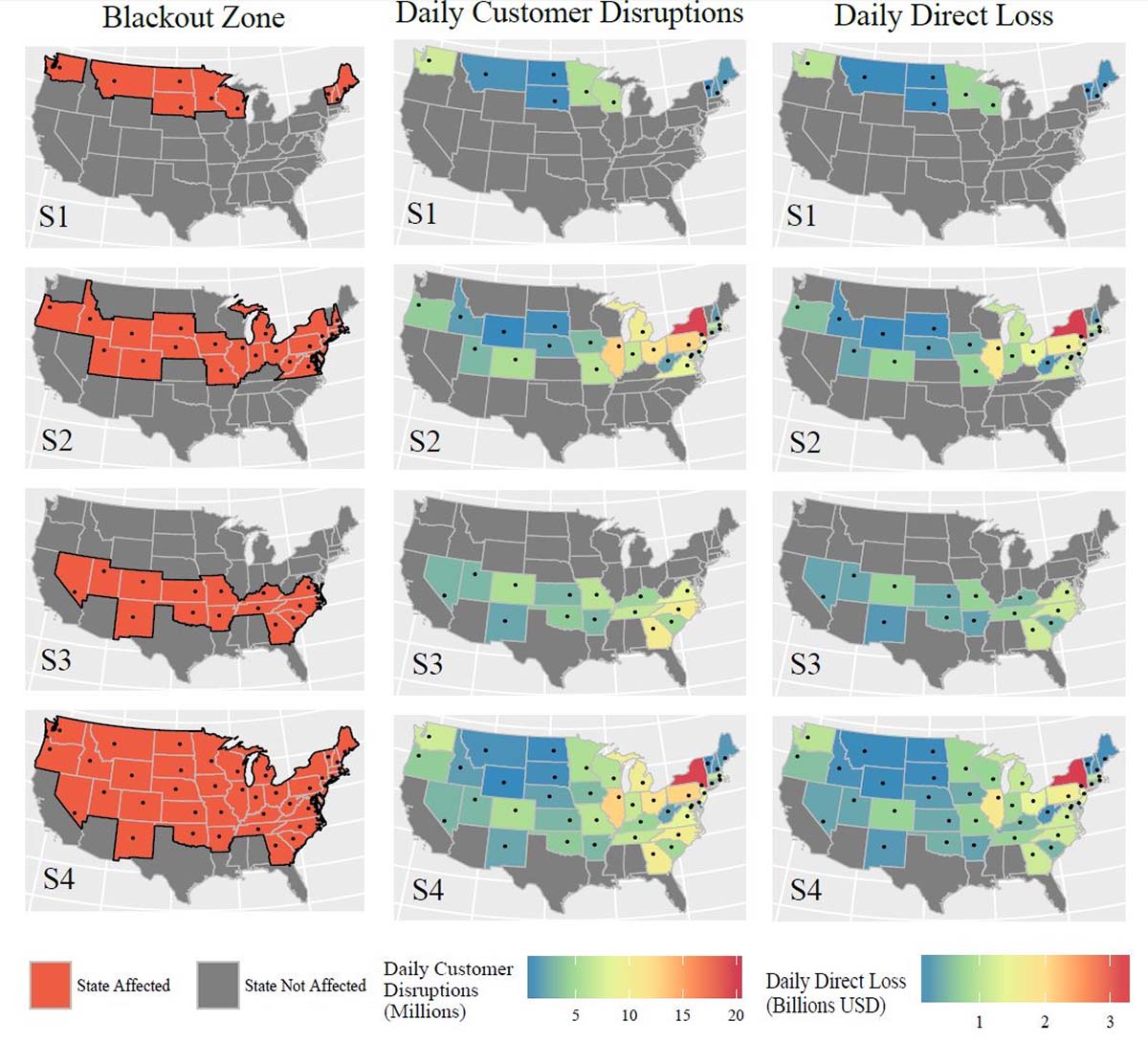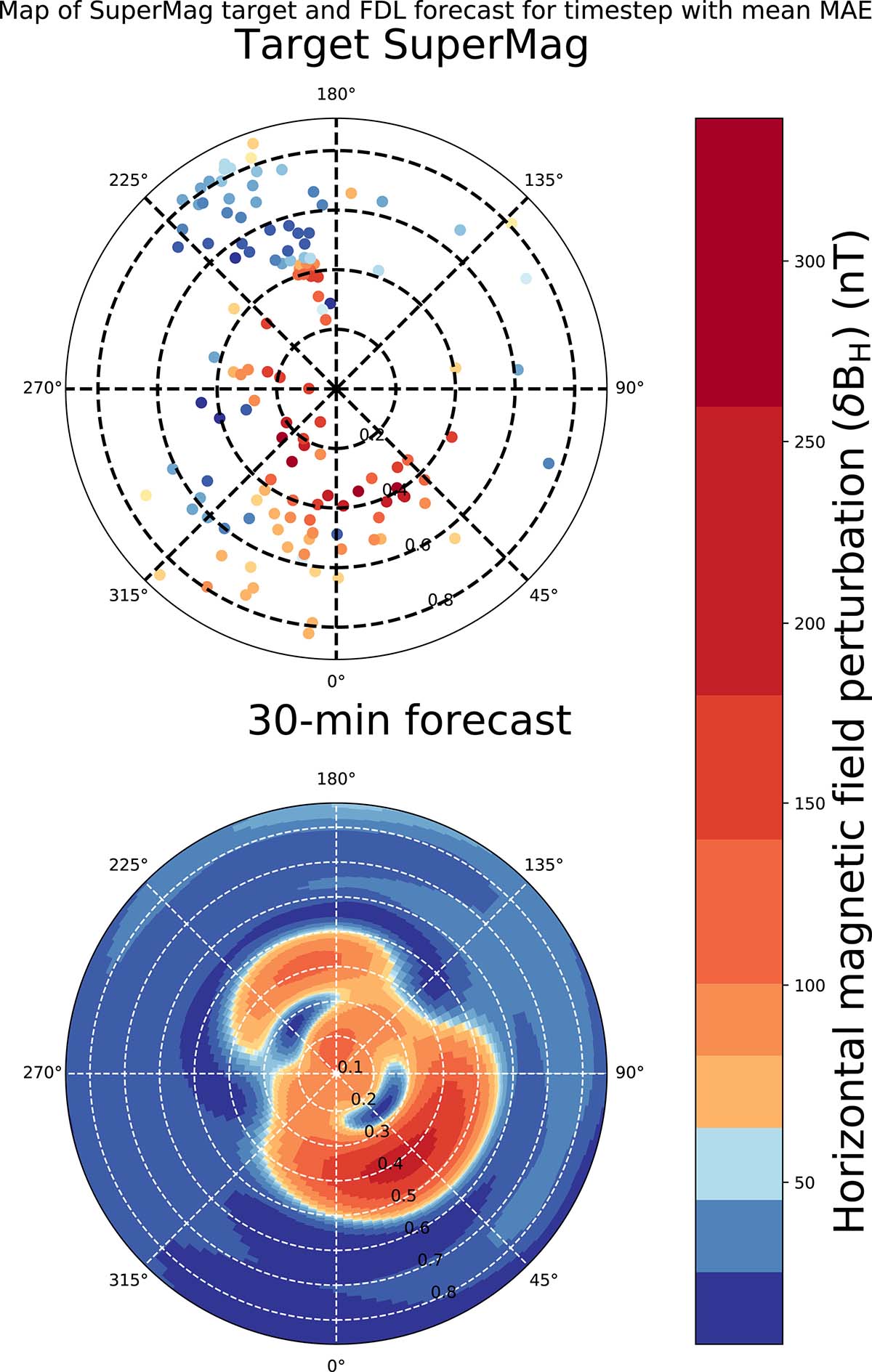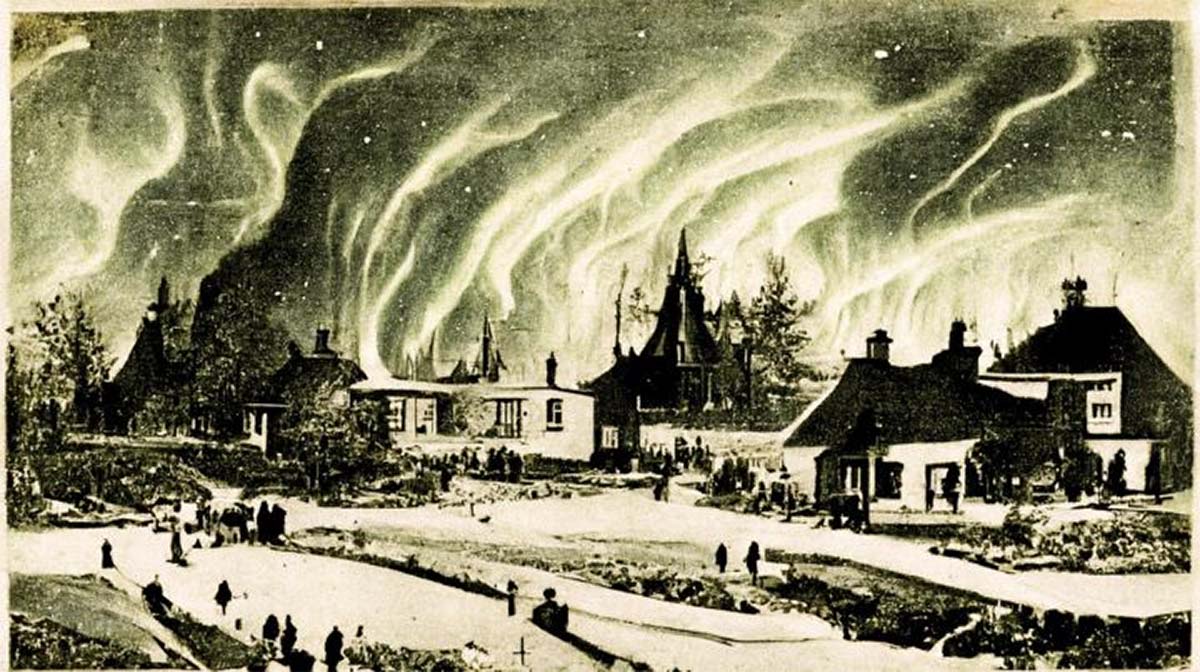Imagine waking up one morning to find your city devoid of power, your smartphone useless, and your GPS navigator leading you astray. Sounds like a scene from a dystopian movie, right? Yet, this could be a reality caused by a strong solar storm. Solar storms and dramatic eruptions of magnetic energy from the Sun can potentially disrupt our modern world heavily reliant on electricity and technology.
In this ever-evolving digital age, predicting these solar storms has never been more critical. Fortunately, recent advancements are making this prospect more promising. I'm excited to take you on an eye-opening journey through the work of dedicated researchers, tireless scientists, and pivotal international collaborations, all striving to perfect solar storm forecasts.
Advancements in Solar Storm Forecasts
Our understanding and ability to predict solar storms have significantly improved, thanks largely to the launch of dedicated space missions. We're sending satellites into the outer realms of space, with each mission giving us fresh insight into the Sun's activity. The European Space Agency's Vigil mission is a stellar example of these efforts.
Vigil, built in the UK and set to launch later this decade, will occupy a unique vantage point: 60 degrees behind Earth in longitude. This unique positioning will help us better understand space weather patterns and ultimately improve our forecasting capabilities.
Introducing ... ESA Vigil
— ESA Operations (@esaoperations) February 10, 2022
🌞🚨🛰️➡️https://t.co/eo0cydYjcs
Goodbye #Lagrange
Hello #ESAVigil pic.twitter.com/D00xke9f2b
The realm of space weather measurement isn't without its share of innovation. We're seeing breakthroughs that enhance our ability to forecast solar storms effectively. A game-changer in this context is the rapid assimilation of near-real-time (NRT) solar wind data. While these data may be less accurate than high-quality observations, their speed provides reliable predictions and greater warning time, both of which are vital during severe space weather events.
Role of Research and Collaboration
In the pursuit of improved solar wind forecasts, the research carried out by the experts at the University of Reading has been nothing short of transformational. They discovered that using rapid satellite measurements, although somewhat less reliable, could enhance the accuracy of solar wind forecasts by nearly 50%. This discovery might allow agencies like the Met Office to deliver more precise forecasts of severe space weather, potentially saving lives and resources.
The collaboration between the Met Office and academia underscores the immense value of joint efforts in enhancing space weather forecasting. Through this partnership, new techniques and tools are being developed to aid in preparing for solar weather events. It's a testament to the idea that when we pool our resources and knowledge, we can overcome the challenges that come our way, even when they are from outer space!
Data Processing and Forecasting Methods
In the realm of space weather forecasting, there's a delicate balance to strike between data quality and speed. High-quality observations take time to process and clean, which can lengthen the forecast times.
On the other hand, near-real-time (NRT) data provide faster, albeit less accurate, forecasts. But even with lower accuracy, NRT data offers a greater warning time, which could make a big difference when a severe solar storm is approaching.

In our quest for better space weather forecasts, the combination of computer simulations and space observations plays a pivotal role. This process, known as data assimilation, allows us to generate accurate forecasts based on real-time conditions in space.
By integrating these two methods, we can paint a clearer picture of space weather conditions, improving our ability to predict solar storms and ultimately mitigating their impact on Earth.
The Cost of Power Failures and the Role of Better Forecasts
Solar storms can have severe financial implications, particularly through power failures. A severe solar storm has the capacity to disrupt power grids and electronic devices on a global scale, potentially leading to extensive blackouts.
The economic impact of such an event is staggering. According to a study by the National Academy of Sciences, a severe solar storm could result in economic losses of up to $2 trillion.

Now, you might wonder, how can we counter this? Well, that's where better forecasts come into play. With more accurate solar storm warnings, power companies can take protective measures to safeguard their infrastructure, thus mitigating the potential damage and associated costs.
In the near future, we will witness a breakthrough technique that promises to enhance our forecasting capabilities. This technique, named Rapid Assessment of Geomagnetic Event Likelihood (RAGEL), will be deployed in upcoming space missions.
RAGEL uses high-frequency radio waves to monitor the sun and detect solar flares as they happen, providing critical lead time for Earth-based systems to prepare and potentially avoid catastrophic failures.
Introduction to DAGGER: The AI-Powered Forecasting Model
AI continues to make impressive inroads in multiple disciplines, with space weather forecasting standing out as one of the promising areas. A notable development in this field is DAGGER.
This AI-driven forecasting model is the brainchild of a dedicated team of researchers from the Frontier Development Lab, a collaborative initiative involving prestigious entities such as NASA, the U.S. Geological Survey, and the U.S. Department of Energy.
This ingenious model uses machine learning algorithms to predict geomagnetic storms based on real-time solar wind data. By training the model on decades of solar activity data, DAGGER can now predict storm severity with unparalleled accuracy.

So how does DAGGER fare when put to the test? Quite impressively, actually. In early trials, DAGGER has been shown to predict geomagnetic storm strength with 90% accuracy, significantly outperforming traditional prediction methods.
This superior prediction capability can give satellite operators, power grid managers, and airlines ample warning time to put protective measures in place. DAGGER's successful implementation could revolutionize how we respond to space weather threats, minimizing disruptions and saving billions in potential damage costs.
Case Studies of Solar Storms and Their Impacts
The 1989 Quebec Blackout: A Lesson from History
Let's take a trip down memory lane to March 1989. A colossal solar storm hit Earth, and Quebec in Canada bore the brunt of its impact. What unfolded was a province-wide blackout that affected millions of people. But here's the catch - the blackout was not due to a typical equipment failure or weather conditions on Earth.

No, it was caused by a rapid, intense surge in geomagnetically induced currents due to the solar storm. Quebec's power grid collapsed within seconds of the surge, leaving millions in the dark for up to 9 hours. This event served as a wake-up call, highlighting the need for robust solar storm predictions and measures to protect power infrastructures.
The Carrington Event: The Most Powerful Solar Storm on Record
Before Quebec, there was the Carrington Event. This occurred in 1859 and holds the title of the most powerful solar storm ever recorded. Named after the British astronomer Richard Carrington, who first observed the solar flare, this event profoundly impacted global telecommunication systems - primarily the telegraph network and the Victorian internet.

Telegraph lines across Europe and North America malfunctioned or even caught fire, demonstrating the vulnerability of human technology to space weather events. It's a chilling reminder of what a severe solar storm can do, even in our technologically advanced age.
The Upcoming Solar Maximum: A Period of Heightened Risk
Fast forward to the present day, and we're facing another period of heightened solar activity, often referred to as the 'solar maximum.' During this phase, the sun experiences increased sunspot activity, leading to more frequent solar flares and coronal mass ejections.
This increased solar activity signifies a heightened risk of powerful solar storms hitting Earth. With our ever-increasing reliance on technology, the impacts of a major solar storm could be catastrophic. Hence, the advancements we've discussed in solar storm forecasting and mitigation strategies are more critical than ever.
Just recently, the NOAA (National Oceanic and Atmospheric Administration) issued an alert regarding an impending geomagnetic storm. While these alerts are not uncommon, each serves as a crucial reminder of the ever-present threat solar storms pose. An impending storm can cause disruptions to power grids, satellite communications, and even GPS systems.
The good news? With the forecasting advances we've discussed, such as AI models like DAGGER and new techniques like RAGEL, we are better equipped to prepare for and mitigate these potential impacts. But we must continue to remain vigilant and invest in solar storm research and prediction tools. After all, it's not just about predicting the weather in space, it's about safeguarding our way of life on Earth.
Sources: reading.ac.uk / hothardware.com / yahoo.com / news-decoder.com












